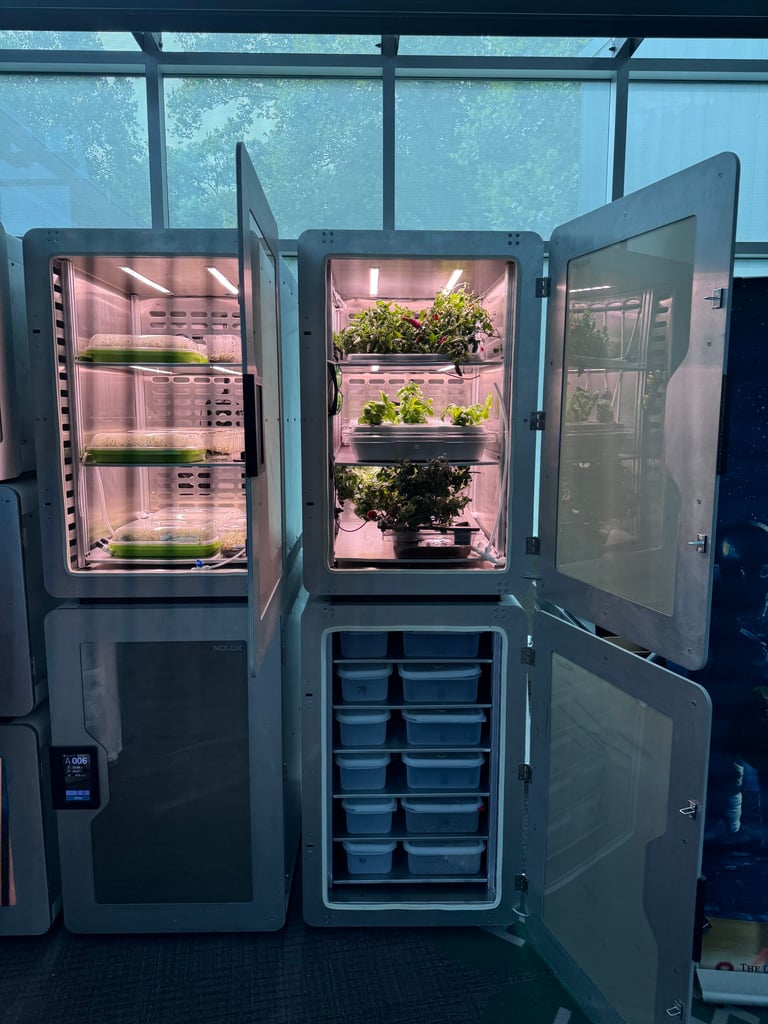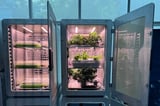Revolutionary 'Electro-Agriculture' Could Slash U.S. Farmland Use by 94% with Solar-Powered Food Production
October 23, 2024
Electro-agriculture could drastically reduce agricultural land use in the U.S. by up to 94%, enabling food production in urban centers, arid regions, and even outer space.
Despite its promise, the technology faces significant challenges and requires further research and development before it can be commercialized.
Current efforts include engineering plants that can utilize acetate alongside photosynthesis, with the ultimate goal of creating plants that rely solely on acetate for energy.
To achieve this, researchers are working on reactivating a dormant metabolic pathway in plants that is typically turned off after germination.
Preliminary experiments have shown success with various crops, including lettuce, rice, and tomatoes, indicating the method's potential for diverse agricultural applications.
The urgency for innovative agricultural solutions is underscored by the fact that around 14 million households in the U.S. faced food insecurity in 2023.
Electro-agriculture fundamentally differs from conventional farming as it requires electricity, which could be sourced from renewable or non-renewable sources.
The research team has developed a tandem electrolysis process that achieves nearly 90% selectivity for acetate, significantly enhancing production efficiency.
Overall, electro-agriculture achieves about 4% efficiency, which is four times higher than traditional photosynthesis, promising a significant advancement in food production.
Lead researcher Robert Jinkerson highlights the potential for growing food in controlled indoor environments, which would decouple agriculture from reliance on natural sunlight.
A recent perspective paper published in the journal Joule introduces 'electro-agriculture,' a groundbreaking method aimed at replacing traditional photosynthesis with a solar-powered chemical reaction.
This innovative approach involves using solar panels to convert CO2 and water into acetate, an organic molecule that can be utilized by genetically engineered plants in a hydroponic system.
Summary based on 4 sources
Get a daily email with more Tech stories
Sources

Popular Science • Oct 23, 2024
'Electro-agriculture' may help plants grow in the dark
ScienceDaily • Oct 23, 2024
With 'electro-agriculture,' plants can produce food in the dark and with 94% less land, bioengineers say
